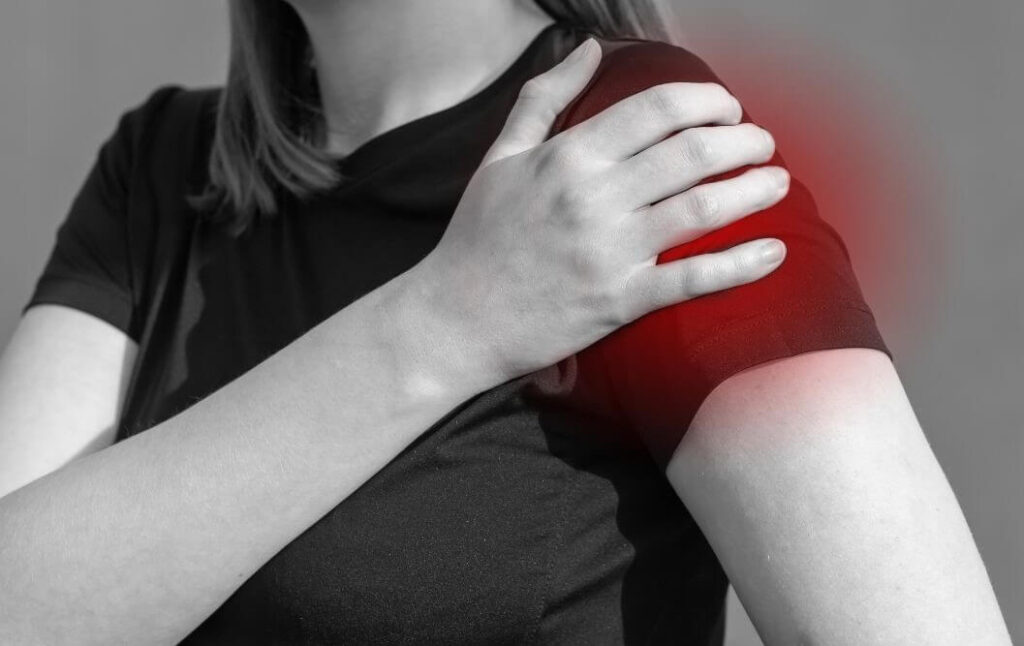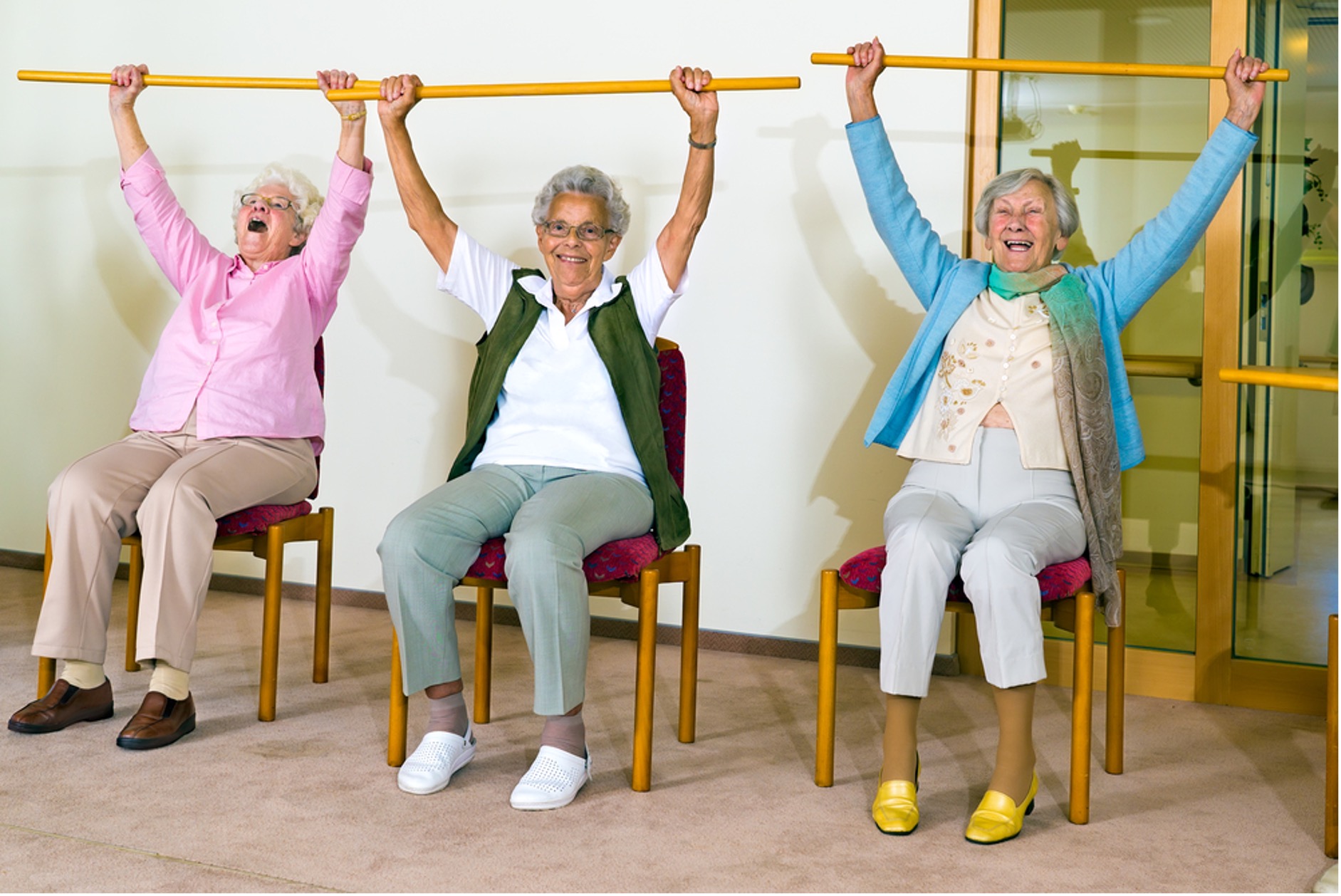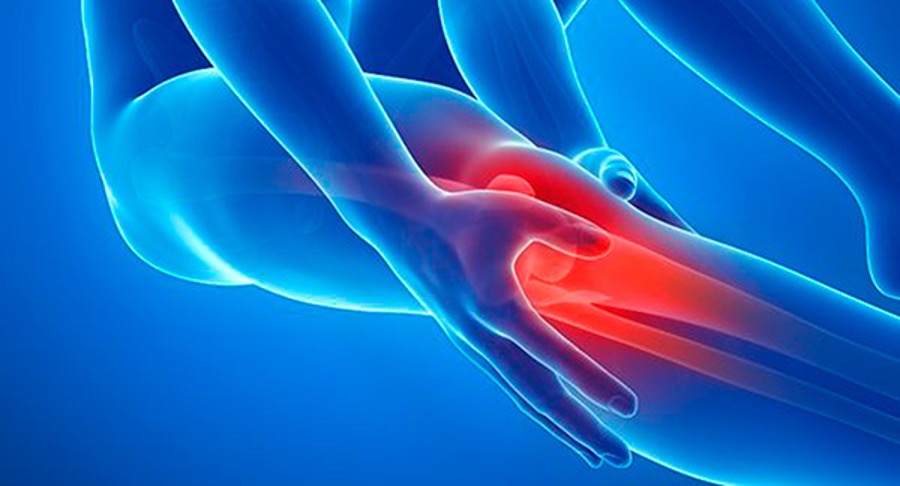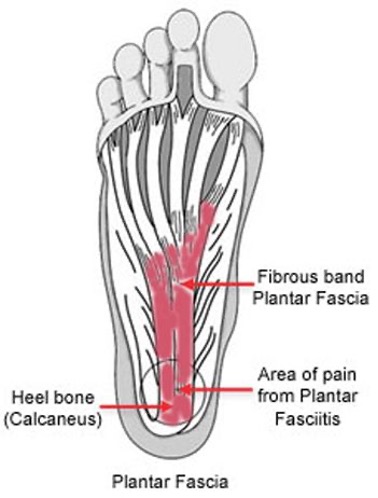Have you ever experienced a sharp pain in your shoulder after a fall or impact? It could be an AC joint sprain, a common injury that affects the acromioclavicular joint. This August we’re all about these sprains – we want you to understand what’s going on in your body, how they occur, and most importantly what you can do about them, and the role physiotherapy can play in their rehabilitation. But if you’re suffering from a different injury or condition right now, we’re still here to help you treat it! Call us on + (08) 9203 7771 to make an appointment with the physiotherapists at Next Generation Physiotherapy.
Anatomy of AC Joint Sprains
The acromioclavicular (AC) joint is located at the top of the shoulder, where the outer end of the clavicle (collarbone) meets the acromion, a part of the scapula (shoulder blade). This joint is supported and stabilized by several ligaments, including the acromioclavicular ligament, coracoclavicular ligament, and coracoacromial ligament. It’s further supported by surrounding muscles, including the deltoid, trapezius, and rotator cuff muscles. These muscles play a significant role in stabilising and controlling the movement of the shoulder.
The ligaments surrounding the AC joint can become damaged or torn due to an external force, such as a fall onto the point of the shoulder or onto the outstretched hand. This force drives the acromion and clavicle apart, disrupting the stability of the joint. These sprains are pretty common amongst those who participate in sports activities like football, rugby, and snowboarding, which involve frequent collisions or falls, and amongst those unlucky enough to have experience falls or sudden impacts in everyday life.
In mild sprains (such as type 1), there may be minimal stretching or microscopic tearing of the ligaments. However, in severe sprains (such as type 6), there can be complete disruption of the AC joint and even involvement of the nearby coracoclavicular (CC) joint. Yikes!
How Physiotherapy Can Help?
Pain Management: Initially, reducing pain and inflammation is a priority. Physiotherapists may employ modalities such as ice or heat therapy, electrical stimulation, or ultrasound to alleviate pain and promote tissue healing.
Range of Motion Exercises: As the healing process progresses, gentle range of motion exercises help restore mobility and flexibility in the shoulder joint. Gradual and controlled movements are introduced to prevent stiffness and encourage optimal joint function. This really is vital. We don’t just want you to heal – we want you to heal well!
Strengthening Exercises: Strengthening the surrounding muscles is essential for joint stability and support. Physiotherapists guide patients through progressive exercises targeting the rotator cuff, scapular stabilisers, and upper extremity muscles to restore strength and prevent future injuries. By assessing and improving any muscular imbalances in the muscles supporting the joint we’ll help you build a joint that’s more stable and supported than ever! Did you know that ligaments and tendons can also heal? Provided they haven’t torn completely, exercises will slowly get them strong and supportive once more.
Proprioception Training: Proprioception, our body’s awareness of joint position, is often impaired after an AC joint sprain. Physiotherapists employ specific exercises to enhance proprioceptive awareness and improve balance, reducing the risk of re-injury and promoting confident and stable movement.
Manual Therapy Techniques: Physiotherapists may utilise manual therapy techniques such as joint mobilisations, soft tissue mobilisations, and therapeutic massage to address any joint restrictions, muscle imbalances, or scar tissue formation. These techniques can enhance tissue healing, improve range of motion, and reduce muscle tension.
Functional Rehabilitation: A key aspect of physiotherapy is focusing on functional activities and sports-specific movements. The physiotherapist will tailor exercises and activities to mimic real-life situations and gradually reintroduce patients to their desired activities or sports. This helps in building confidence, improving coordination, and ensuring a smooth return to regular daily activities or sports participation.
Education and Lifestyle Modifications: Physiotherapists provide essential education on injury prevention strategies, ergonomic modifications, and proper body mechanics to avoid excessive stress on the AC joint. They also guide patients in making lifestyle modifications that support optimal shoulder health, such as maintaining good posture, incorporating regular breaks during repetitive activities, and implementing appropriate warm-up and cool-down routines.
Suffering From an AC Joint Sprain?
AC joint sprains can be painful and limit your shoulder’s function, but with the right guidance and treatment from your physiotherapist, you can effectively recover and regain your active lifestyle. Give us a call today at + (08) 9203 7771 or head over to our website https://ngp.net.au/ to book an appointment and get on the road to recovery, the street to stability, and the motorway to mobility. For more insightful (at least we think so) and useful health and recovery tips follow us on Social Media. We’re on Facebook and Instagram.
Reference:
- LeVasseur MR, Mancini MR, Berthold DP, Cusano A, McCann GP, Cote MP, Gomlinski G, Mazzocca AD. Acromioclavicular Joint Injuries: Effective Rehabilitation. Open Access J Sports Med. 2021 May 28;12:73-85. [Online] Available at https://www.ncbi.nlm.nih.gov/pmc/articles/PMC8169819/. Accessed on 29/06/2023.




